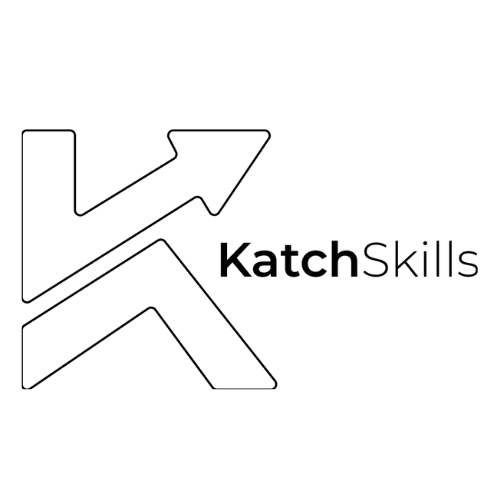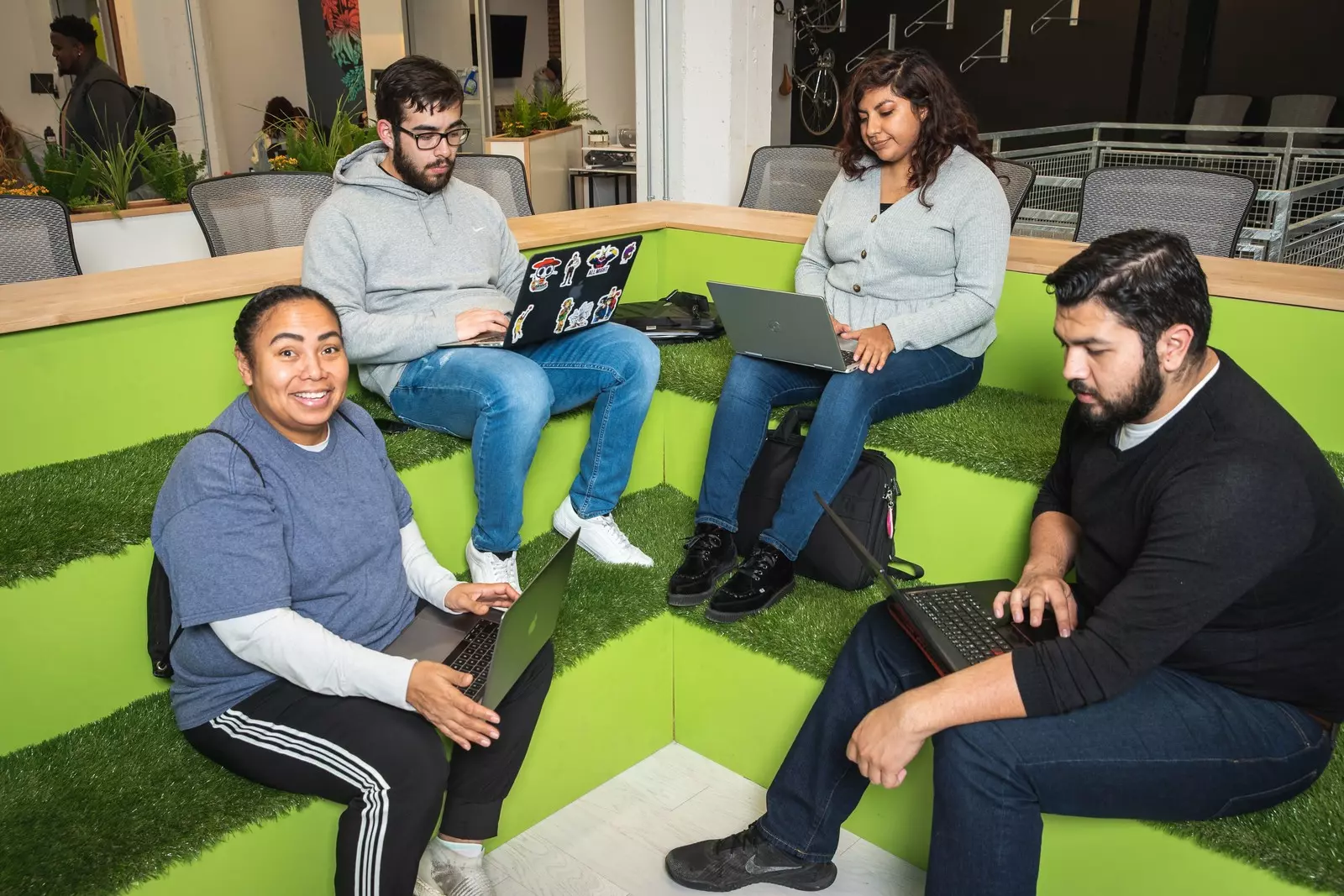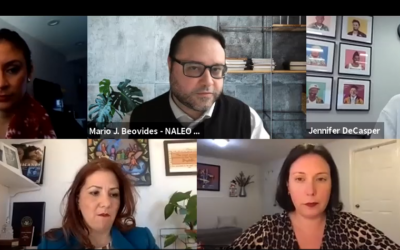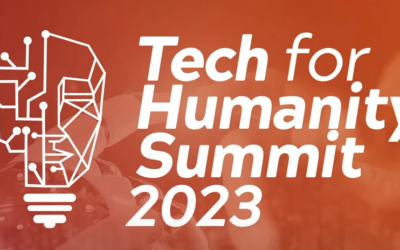- The percentage of Black and Latino tech employees has risen by less than 1% in the past seven years.
- These failures highlight the need to create real opportunities for people of diverse backgrounds in the workplace.
- We need a robust framework that champions authentic diversity and enables structural change.
While the market seemingly recovers from the effects of the pandemic, the recession’s effects on Black, Brown and other underrepresented communities have been devastating, with experts calling the economic comeback “the most unequal in modern US history.”
Economists have long sounded alarms about the country’s increasing wealth disparity, and the pandemic has only exacerbated this destabilizing rift. In the US, the top 1% earners took in nearly a quarter of all income, making 26.3 times more than the bottom 99%. According to the latest data from the Federal Reserve, “the top 1% of Americans have a combined net worth of $34.2 trillion (or 30.4% of all household wealth in the US), while the bottom 50% holds $2.1 trillion, or 1.9% of all wealth.”
Have you read?
- The business case for diversity in the workplace is now overwhelming
- Diversity makes the workplace more competitive. Here’s why
- What is intersectionality and how can it help businesses tackle diversity and inclusion?
A return to pre-COVID norms ignores the obvious fact that our current economic framework for educating and upskilling the workforce excludes great swaths of the population. Half of the jobs in the US’s high-growth, high-wage sectors are concentrated in just 41 counties, locking millions of Americans out of a middle-class job.
For all the chaos wreaked by COVID-19, 2020 also brought social justice movements that produced increased awareness of disparities across communities in America. The value of raising the minimum wage, a greater appreciation of frontline workers, and most importantly, the opportunity to create a new economy in a fair and equitable way, stand out as positives to be built upon. Decades of studies show that teams with more diverse experiences, backgrounds, perspectives and ideas produce better and more innovative products. A concerted effort to dismantle systemic barriers and include underserved and traditionally ignored communities is sound business.
Only a bold transformative vision can reshape this post-pandemic economy to bring everyone to the table in shared prosperity. The Biden Administration’s “American Jobs Plan” calls for significant investment in creating pathways to better jobs for more Americans. Importantly, the plan proposes to improve racial and gender equity by asking Congress to invest $100 billion in proven workforce development programmes targeted at underserved groups.
“
Focusing too much on a lack of diversity instead of a lack of access increases the risk of creating further barriers for people.”— Laura Maristany.
But haven’t we heard this before? The stand for “diversity in the workplace” has been the virtuous platform for corporations, particularly Big Tech, for years now. After billions of dollars were poured into increasing diversity in technology, there is little to show for it beyond money spent and a lot of marketing. At the largest companies, the share of tech employees who are Black or Latino rose by less than a percentage point, and there are even fewer women in senior positions now than in 2014.
The number of excluded groups in the tech economy is even larger when one considers that diversity goes beyond race and ethnicity. Diversity also includes markers such as socioeconomic background, gender, religious identity, sexual orientation, disability, geographic location, and military service.
Part of the problem is that developing an organization that is authentically diverse, equitable, inclusive, and that fosters belonging (DEIB), is not a one-off initiative or a series of boxes to check. Sustainable DEIB demands long-term cultivation to manage retention and create a supportive employee culture that values the richer insights diverse voices offer. It also means you need to balance each of those strategies to achieve a truly inclusive practice. It’s very different to try to increase representation in an organization assuming the problem is a lack of diversity, instead of assuming diversity exists but your organization has built walls that keep it out.
Focusing too much on a lack of diversity instead of a lack of access increases the risk of creating further barriers for people. For too long we have invested in developing movements to increase awareness around the problems non-representative workforces create across sectors.
We need to invest in creating more inclusive organizations. Inclusivity is critical to creating and maintaining a diverse workforce, and there are actionable tools and methods to implement this goal.
1. Build a system that screens people in instead of out
Evaluate how your hiring and retention systems might be screening people out. Ask questions. Whose stories are not represented on your team and how that is affecting your ability to connect with more representative clients and deliver more inclusive products? Companies that look for non-traditional pathways to bring in new employees and foster environments where workers from many different backgrounds can thrive will have success in retaining more diverse talent. They and the products they produce will also be more responsive to those they aim to serve.
2. Ask rather than assume
Create support systems around each individual’s unique needs, and consistently and proactively ask your people what they require to overcome any hurdles that arise. Don’t presume to know what challenges they face.
3. Help build holistic skills and surround workers with a culture of belonging
Structure leadership development opportunities that create similar levels of awareness across your organization. Helping your teams access tools to better engage across differences will increase collaboration.
DISCOVER
What’s the World Economic Forum doing about diversity, equity and inclusion?Show more

The world is undergoing swift and unprecedented technological changes that require individuals to constantly be learning new software systems. It’s estimated that more than 75% of jobs over the next decade will require tech skills. Public and private partnerships targeted to reach underestimated people and give them the skills needed to acquire high-growth, high-wage jobs will ultimately not only change their lives but also uplift their local economies.
The World Economic Forum’s Global Future Council 2019 annual report noted that an “estimated 60-70% of new value created in the economy over the next decade will be based on digitally enabled platforms.” It also reported that 50% of the world does not participate in the digital economy at all, and that “closing digital divides is not only conducive to economic growth for all sectors, but also critical for social and political stability in the decade ahead.”
Recent workforce training programmes in underserved areas have been able to buck this trend by seeing 80% of programme participants employed in tech jobs, resulting in $295 million of aggregate wages, mostly for women and minorities. Many of these individuals have gone from making under $21,000 a year to well over $61,000 a year.
There is a way to invite traditionally overlooked populations to the digital economy and nurture innovation by including diverse voices in the technology development process. Developing truly diverse workforces is just part of a larger holistic system of developing staff and creating an environment that supports and grows talent. Author John Powell said: “Belonging is not about joining an exclusive club, or even being made to feel that you belong, but about co-creating that to which we all must belong, which requires engagement with power.” The moment to co-create is here.





